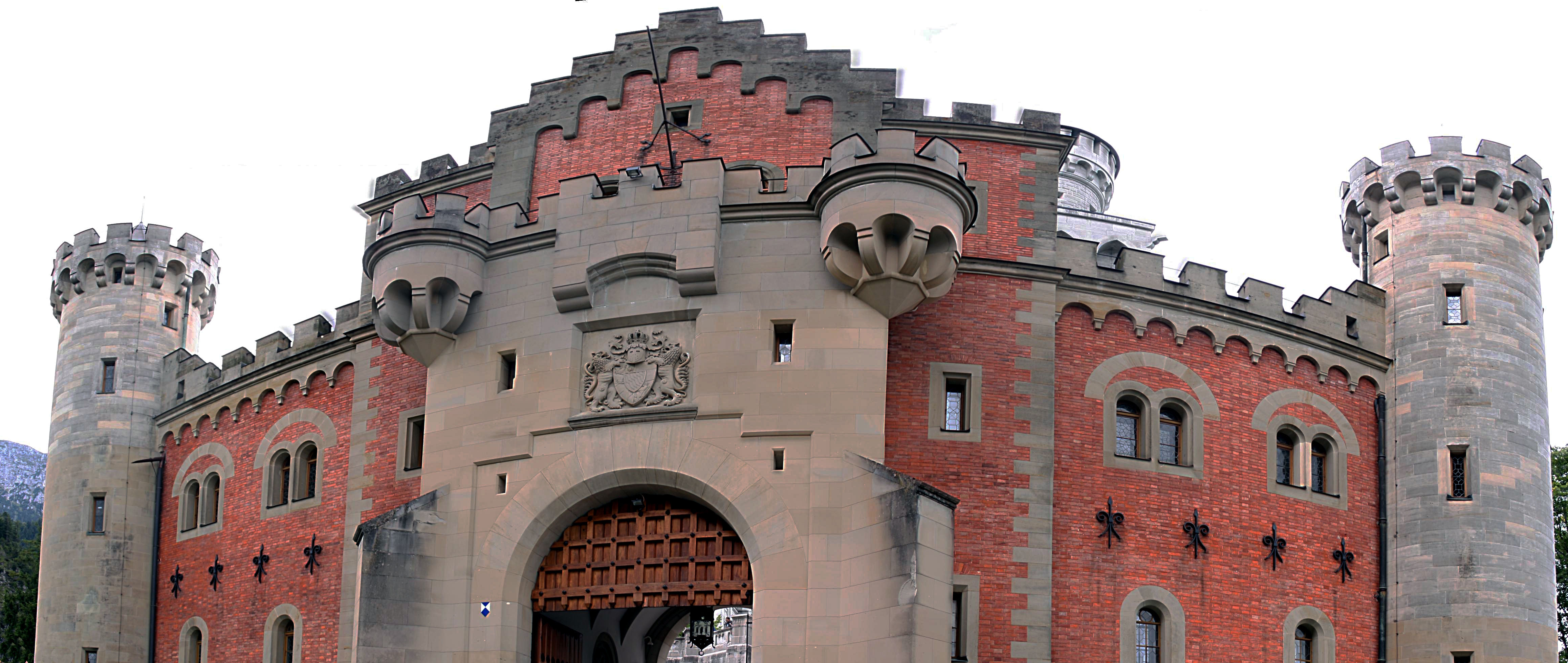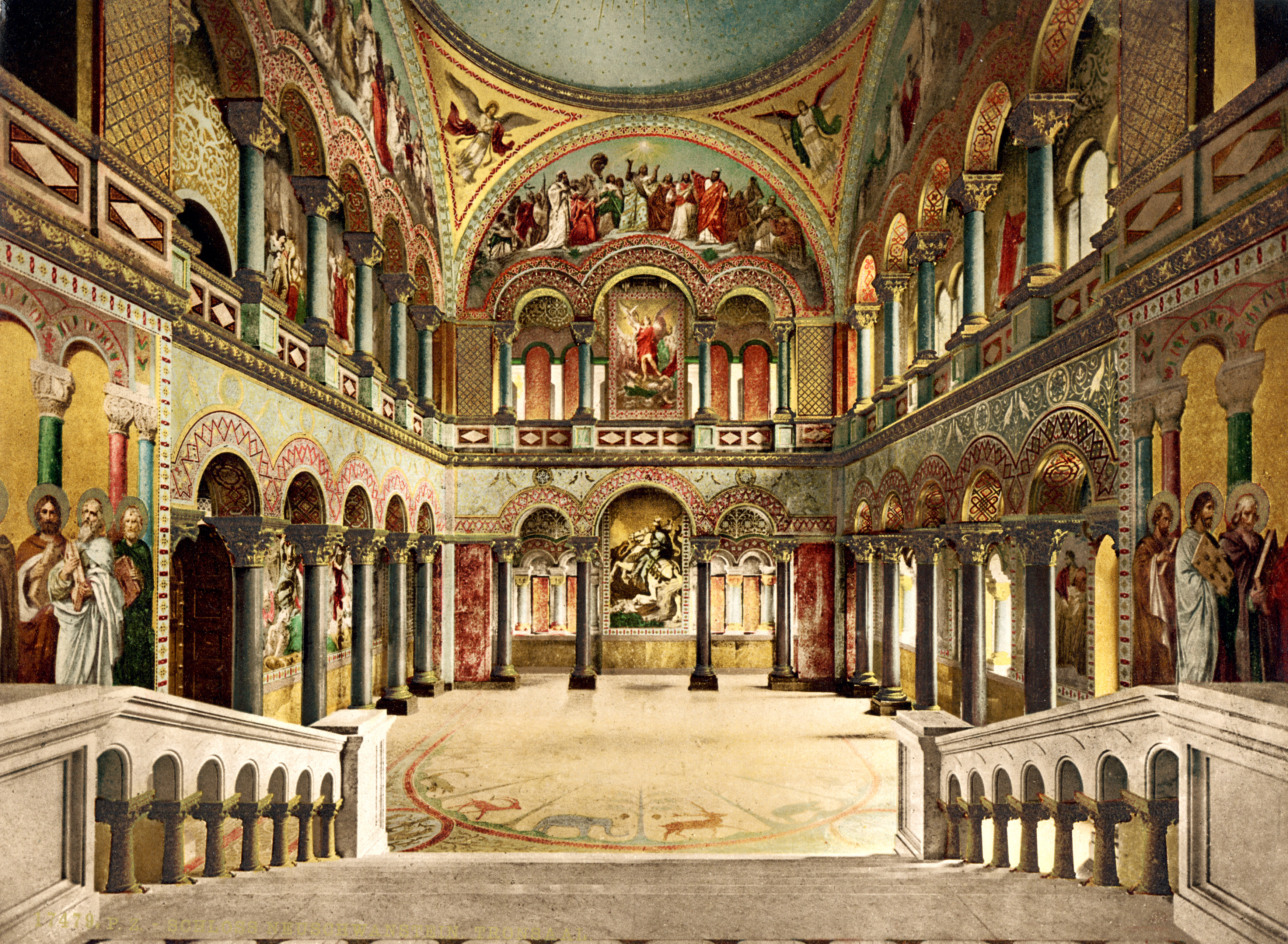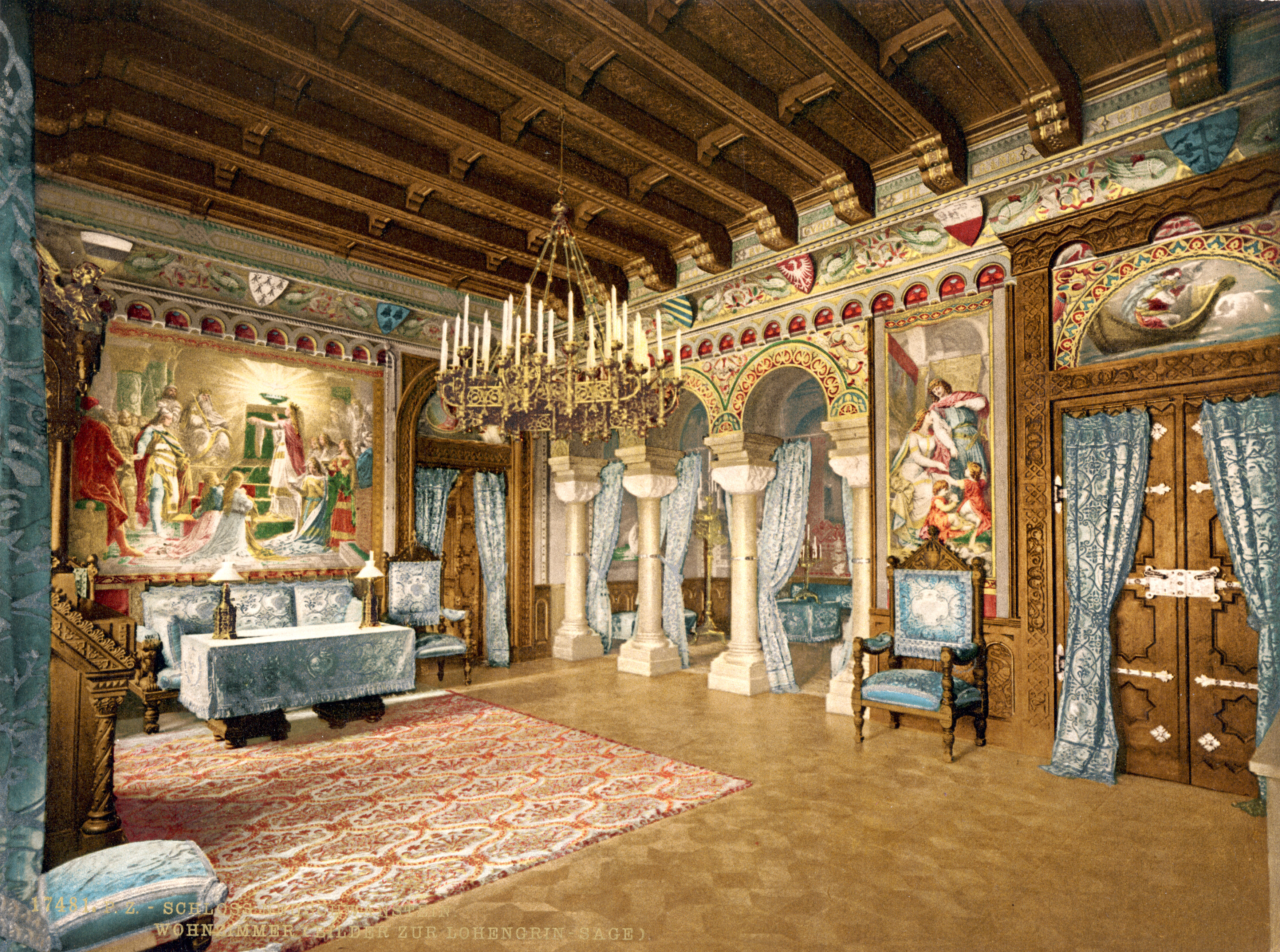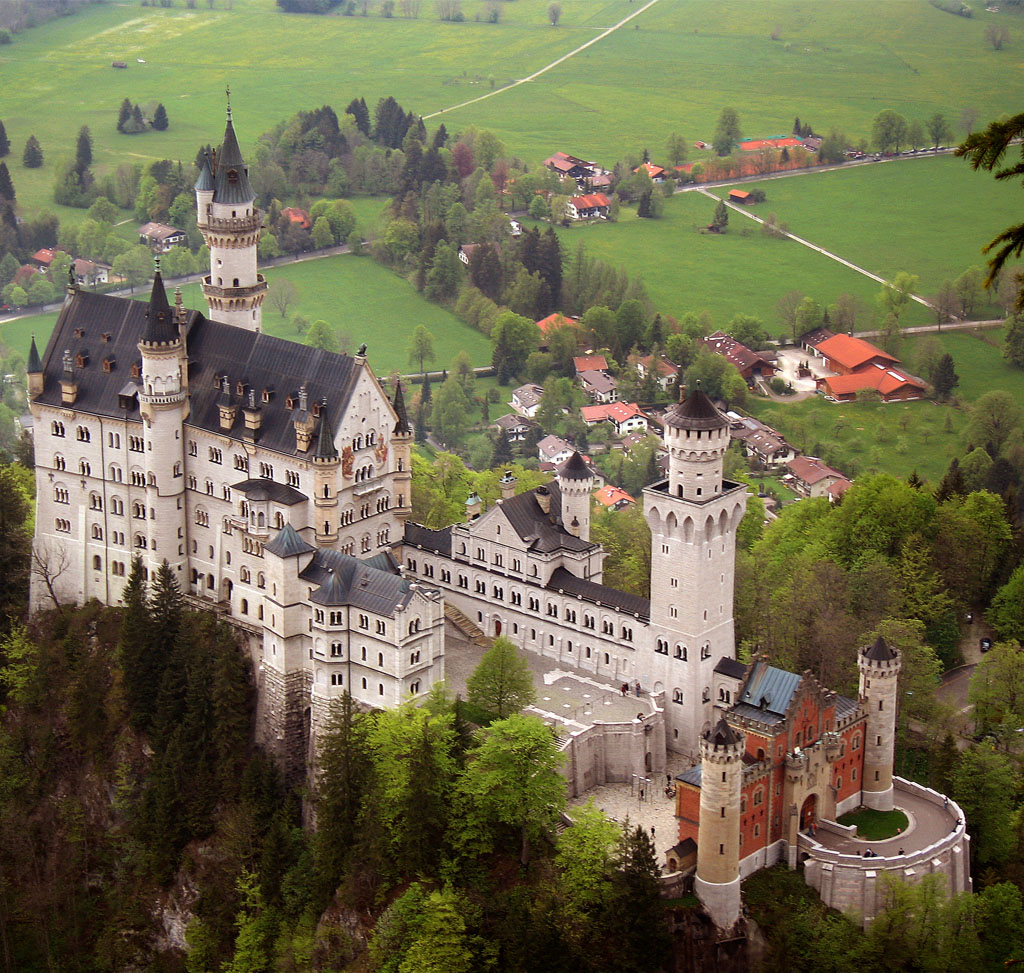Neuschwanstein Castle: The Fairytale Fortress of Bavaria
Nestled amidst the rugged and picturesque hills of Bavaria, Neuschwanstein Castle stands as an iconic symbol of romance, mystery, and architectural brilliance. This enchanting fairytale fortress, with its dreamlike turrets and breathtaking surroundings, has captivated the imagination of millions, serving as inspiration for Disney's magical castles and countless fantasy novels. Beyond its aesthetic allure, Neuschwanstein Castle harbors a rich and complex history, intertwining royal dreams, architectural marvels, and wartime intrigue.
The Man Behind the Dream – King Ludwig II
Neuschwanstein Castle, often referred to as the "Fairytale Castle," owes its existence to the eccentric vision of King Ludwig II of Bavaria. Known as the "Mad King," Ludwig was a romanticist deeply enthralled by medieval legends, grand operas, and the works of Richard Wagner. His dream was to create a majestic retreat that echoed the grandeur of the castles in old German sagas.
Commissioned in 1869, the castle was intended to be a personal sanctuary rather than a political fortress. Ludwig envisioned a haven away from the growing pressures of his rule, filled with artistic splendor. Tragically, he would never see his masterpiece completed. Ludwig died under mysterious circumstances in 1886, leaving Neuschwanstein Castle unfinished and shrouded in enigma.

|

|

|
| Neuschwanstein construction | View of unrealised chapel | Gatehouse |
Architectural Wonder – A Medieval Dream in a Modern Era
Despite its medieval-inspired design, Neuschwanstein Castle is a testament to modern engineering. The castle seamlessly blends elements of Neo-Romanesque, Gothic, and Byzantine styles, creating an unparalleled visual spectacle. Some of its most stunning rooms include:
- The Throne Hall: A magnificent chamber adorned with golden mosaics, yet missing the actual throne due to Ludwig’s untimely death. This hall was designed to be the epitome of royal grandeur, with intricate details that pay homage to medieval kingship.
- The Singers’ Hall: Inspired by medieval minstrels, this hall celebrates the legendary Germanic heroes. The walls are adorned with murals depicting scenes from the epic poem "Parzival" by Wolfram von Eschenbach, creating a sense of timeless storytelling.
- The Grotto: An artificial cave within the castle, complete with a small waterfall and colored lighting effects. This room was designed to mimic the natural beauty of a cave, offering a serene escape within the castle walls.
Moreover, Neuschwanstein Castle featured cutting-edge 19th-century technology, including running water, central heating, and even an early telephone system—a true blend of fantasy and innovation. The castle’s advanced infrastructure was a marvel of its time, showcasing Ludwig's forward-thinking approach to comfort and convenience.
|
|
|
| Overview of palace complex | Floor plan of third floor |

|

|

|
| Hall of the Singers | Throne Hall | Drawing room |
An Unfinished Dream – The Fate of Neuschwanstein
Though intended as a private retreat, the castle was opened to the public just weeks after Ludwig’s mysterious death. His vision remained incomplete, with many areas left unfinished. Today, the castle stands as a testament to both his artistic aspirations and tragic fate. The unfinished rooms and halls serve as a poignant reminder of the dreams that never came to fruition.
World War II and Neuschwanstein’s Hidden Role
During World War II, Neuschwanstein Castle played a surprising and crucial role. The Nazi regime used it as a secret storage facility for looted art from across Europe. The Monuments Men, a group dedicated to recovering stolen artwork, later rescued many of these treasures from the castle’s hidden vaults. This chapter in Neuschwanstein’s history adds an unexpected layer of intrigue to its legacy, highlighting its significance beyond mere architectural beauty.
A Symbol of Imagination – Neuschwanstein Today
Today, Neuschwanstein Castle is one of Germany’s most visited landmarks, attracting over 1.4 million tourists annually. Its ethereal beauty continues to inspire filmmakers, artists, and travelers alike. Whether seen in person or through the lens of pop culture, Neuschwanstein remains an enduring symbol of fantasy, ambition, and mystery. The castle's allure is timeless, drawing visitors from around the world to marvel at its grandeur and immerse themselves in its rich history.
A Journey into a Fairytale
To step into Neuschwanstein Castle is to step into a dream—one woven from the visions of a king, the elegance of medieval lore, and the echoes of history. As visitors walk through its grand halls, they follow in the footsteps of Ludwig II, the tragic dreamer who sought to bring fairytales to life. The castle’s enduring charm lies in its ability to transport visitors to a world of wonder and imagination, making it a must-see destination for anyone seeking a touch of magic.








Leave a Comment